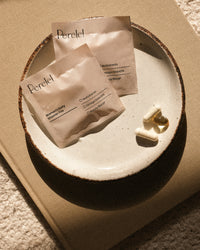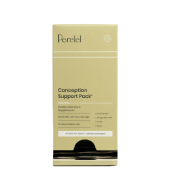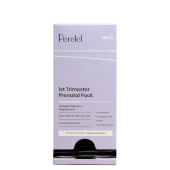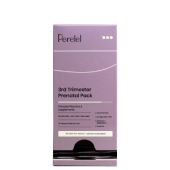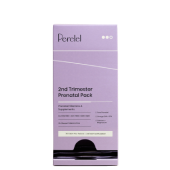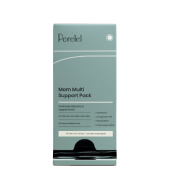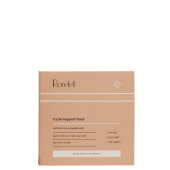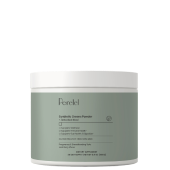Time and again, research suggests that eating a diet full of fruits and vegetables can help reduce the risk of many leading causes of illness and death, including cardiovascular disease, Type 2 diabetes, some cancers and obesity. However, statistics indicate that most Americans aren’t eating nearly enough of these foods—according to a 2019 survey, only 12.3 percent of adults in the U.S. met fruit intake recommendations, and just 10 percent met vegetable intake recommendations.1
If you’re one of the many people struggling to add more fruits and veggies to your daily diet, you might be exploring ways to give yourself a nutrient boost. And green juice powders—a dietary supplement that you add to water—present an appealing and convenient way to do just that.
But what exactly are greens powders? Are there different kinds? And are they safe to consume if you’re already taking other vitamins or supplements? We’re answering all of these questions and more. Keep reading for our comprehensive guide to green juice powders and how to ensure they play nice with the rest of your vitamin routine.

The Different Types of Green Juice Powders
There are several different types of greens powders. Some contain fruit and veggies that have been dried then ground into powder, some include ingredients that are juiced, then dehydrated, and some include specific parts of whole foods that have been extracted.2, 3, 4
While ingredients vary from brand to brand, some common green juice powder ingredients include leafy greens, vegetables, fruits, seaweed, grasses and herbs. Many green powder manufacturers add fiber, nutritional extracts (like green tea or grape seed), probiotics and digestive enzymes. Some brands even add vitamin and mineral sources in their formulation to enhance their products. Many also add natural sugar substitutes like stevia or monk fruit to improve the flavor.
There are vegan green juice powders and organic green juice powders. There are even protein and greens combo powders.5 Some juice powders include sprouted or fermented ingredients, which research suggests can boost nutrient levels while also helping to break down compounds that can interfere with mineral absorption.6, 7, 8
There is no one-size-fits-all green juice powder—the best option for you depends upon your specific needs and goals. Your healthcare provider or a registered dietitian can help you identify which nutrients you could use more of.
Green Juice Powders & Vitamins: Too Much of a Good Thing?
Regularly drinking green juice while also taking dietary supplements may seem like a foolproof way to give your body the nutrition it needs, but it could actually end up doing more harm than good. That’s because green juice powders can contain added quantities of vitamins and minerals. While these nutrients can typically have many benefits for your body, they can do the opposite to your health when ingested in extremely high doses, especially when pregnant or breastfeeding.9, 10
For example, excessive consumption of calcium, iron and vitamins A, C and E during pregnancy can cause harm to your unborn baby.9 Experts advise pregnant women to avoid taking more than twice the Recommended Dietary Allowances (RDA) of any nutrient.9
Some of the herbs and concentrated extracts in greens powders may also be risky for pregnant or breastfeeding women.11 There are herbs in green juice powders that are known to induce uterine contractions like aloe vera, alfalfa, licorice, and even rosemary tea. Others have been flagged as ingredients that you should discuss with your healthcare provider before taking. Those include licorice, ginseng, dandelion, hawthorn berry and barley. So if you are expecting or nursing, be sure to consult with your healthcare provider prior to adding a green juice powder to your daily routine.

What to Look For in a Green Juice Powder if You’re Taking a Multivitamin
To avoid overdoing it on certain nutrients, you’ll want to select a green juice powder that contains nutrients your multivitamin lacks, and be mindful that it doesn’t go overboard on those that can be toxic in large doses. One way to do this is to check the Tolerable Upper Intake Levels (ULs) for the nutrients in your multivitamin and green juice powder. The UL is the maximum daily intake of a nutrient that is unlikely to cause adverse health effects.12 If your multivitamin gets close to the UL for a nutrient, you will want to make sure your green juice powder doesn’t send you over the top.13
If this feels overwhelming, your healthcare provider or a registered dietitian can help do the math for you—and decide what, if any, green juice formulation makes most sense for you.
$37.02
First 3 Mo
First 3 Months
$32.90
First 3 Mo
First 3 Months
$41.14
First 3 Mo
First 3 Months
Shop the Article:

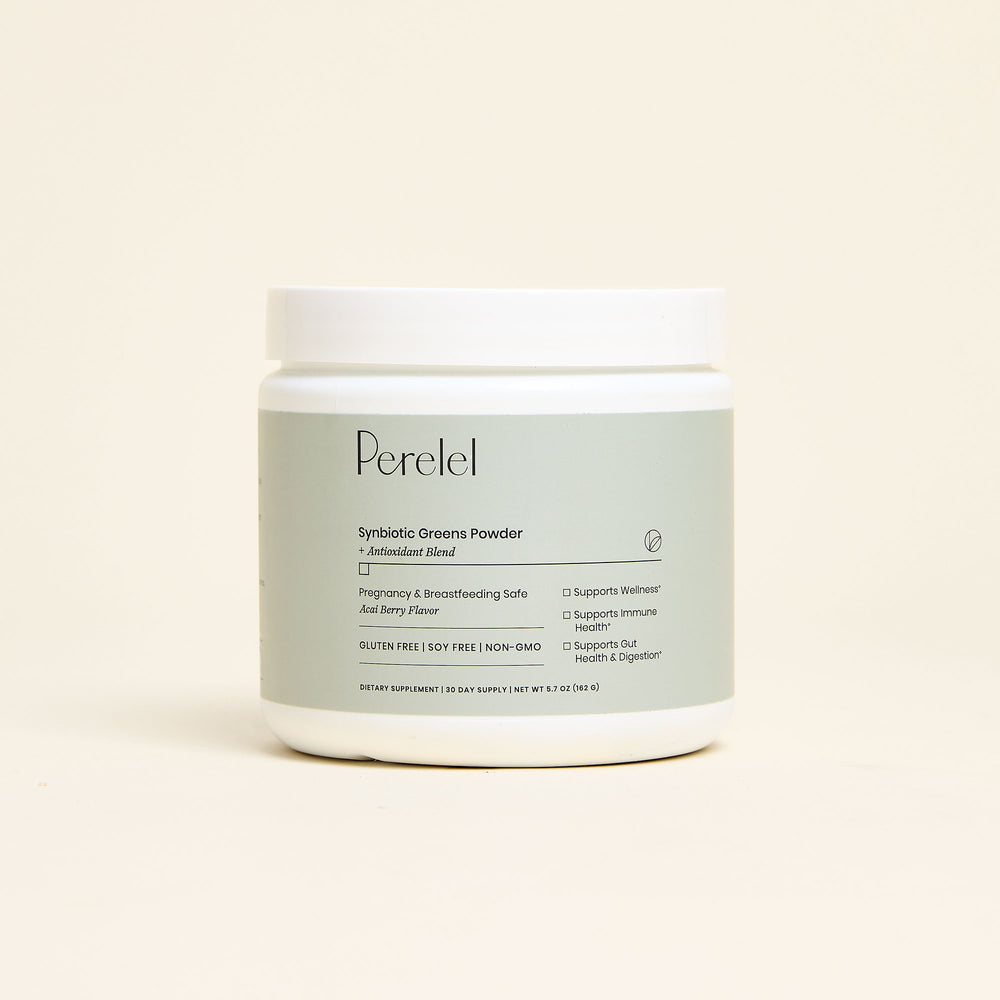
Synbiotic Greens Powder
Shop Now

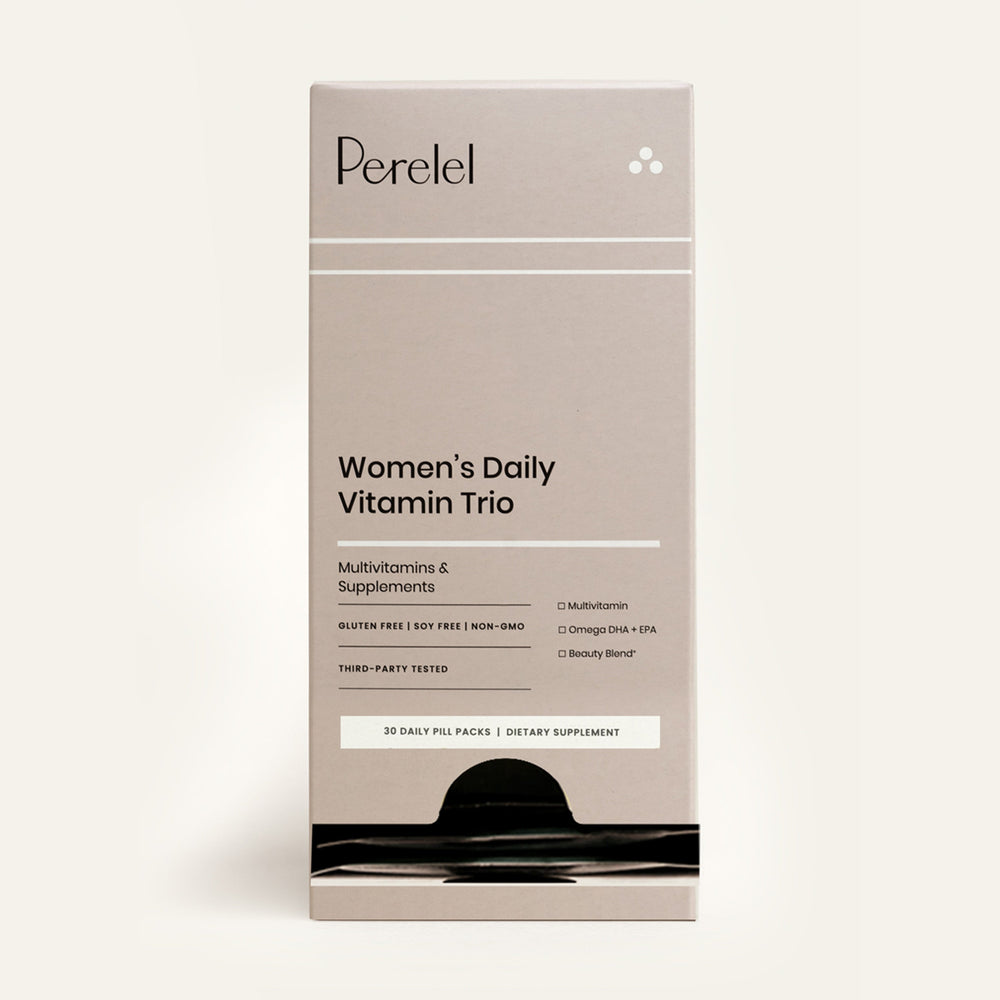
Women’s Daily Vitamin Trio
Shop Now

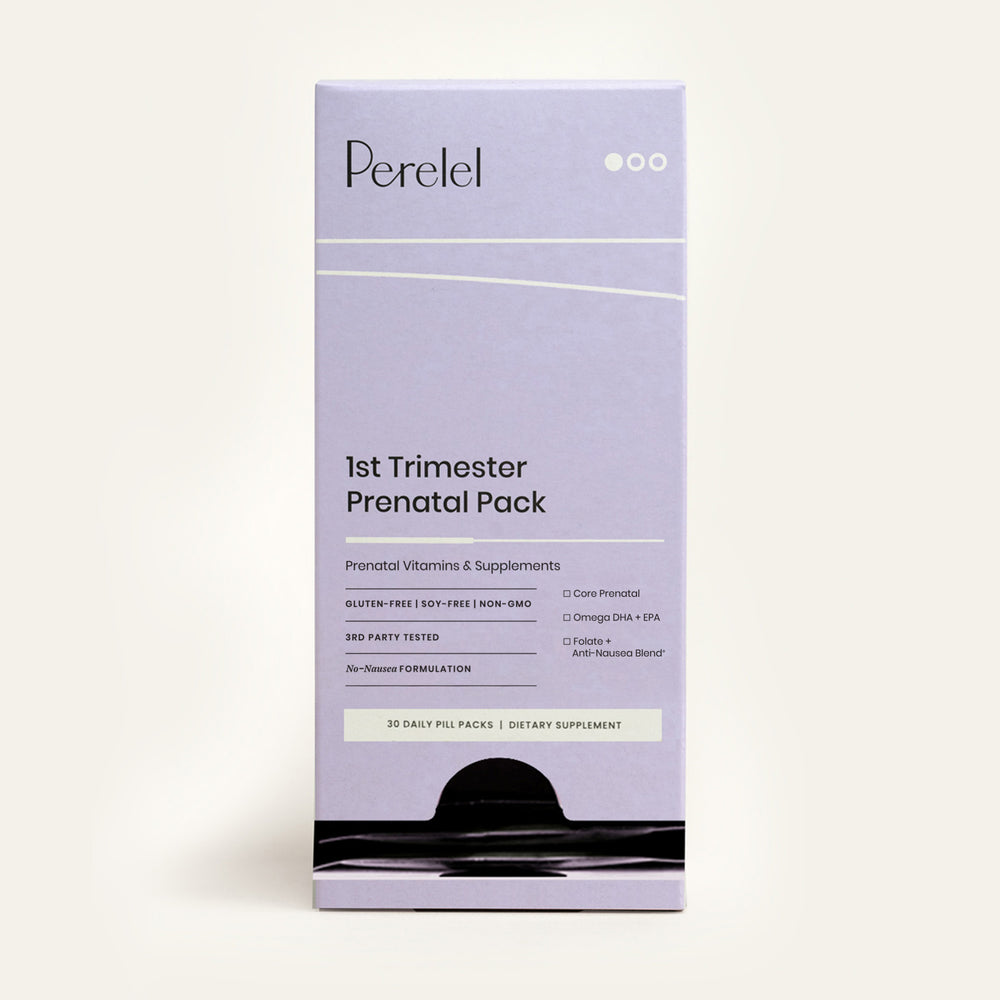
1st Trimester Prenatal Pack
Shop Now
It’s also a good idea to look for a greens powder that has been third-party tested, a service provided by National Sanitation Foundation (NSF) International and U.S. Pharmacopeia. A certification from either of these means that the supplement does not contain harmful levels of certain contaminants and that it contains the ingredients listed on the label in the correct amounts.14
The Bottom Line
Eating a wide variety of whole fruits and vegetables as part of a balanced, nutrient-dense diet is the best way to optimize your nutritional intake. Supplements and green juice powders can help bolster your diet by filling in nutritional gaps, but taken together, may lead to overconsumption of some vitamins and minerals. Since some nutrients can be toxic when taken in excess, it’s best to consult with your healthcare provider when selecting the best green juice powder for you.
Shop Greens Made for Women
Perelel's Synbiotic Greens Powder ($55) is formulated without excess vitamins and minerals so it’s safe for pregnancy and breastfeeding moms. Plus, it can be paired with your multivitamin, too. Support your gut, digestive and immune health with a daily prebiotic and probiotic blend with added antioxidants. Formulated by leading OB/GYNs, nutritionists and naturopathic doctors, Synbiotic Greens Powder is backed by women’s health research and clinical insights.
Next up—Check your products to see if the ingredients are safe for pregnancy and breastfeeding with our label check tool. Plus, shop doctor-made vitamins for your exact stage of womanhood now.
This article is for informational purposes only. It is not, nor is it intended to be, a substitute for professional medical advice, diagnosis, or treatment and we recommend that you always consult with your healthcare provider. To the extent that this article features the advice of physicians or medical practitioners, the views expressed are the views of the cited expert and do not necessarily represent the views of Perelel.
1Adults Meeting Fruit and Vegetable Intake Recommendations — United States, 2019
6Functional Properties of Microorganisms in Fermented Foods
7Influence of germination and fermentation on bioaccessibility of zinc and iron from food grains
8Phenolic acid composition of sprouted wheats by ultra-performance liquid chromatography (UPLC) and their antioxidant activities
9Vitamin Overdose During Pregnancy - American Pregnancy Association
10Prenatal Vitamin Limits - American Pregnancy Association
11Herbs and Pregnancy - American Pregnancy Association
12Nutrient Recommendations and Databases - NIH
13Dietary Reference Intakes (DRIs): Tolerable Upper Intake Levels, Vitamins







